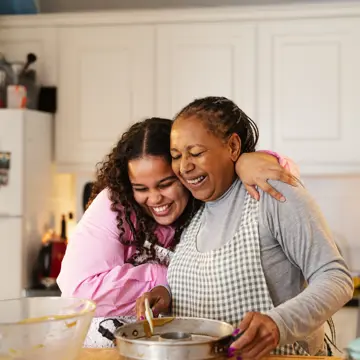Foster carer finances
From fees and allowances to mortgages and benefits, there’s a lot to understand about foster carer finances.

The vital role of a foster carer is an involved and complex one. Find out more about what being a foster carer involves.

From welcoming a child into your home to preparing them to say goodbye, there is a huge amount involved in caring for a child. Find out more.

Building strong relationships with other professionals is a vital part of being a foster carer. Find out more.
From fees and allowances to mortgages and benefits, there’s a lot to understand about foster carer finances.